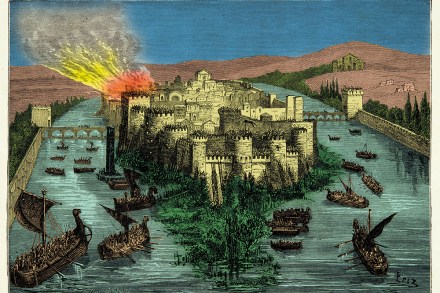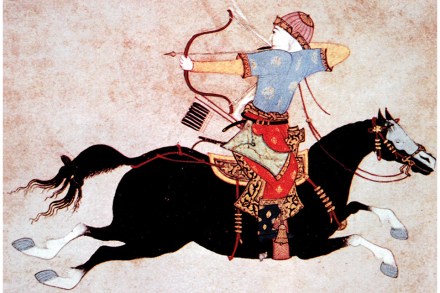The Vikings never really went away
For many people, the mental picture of a Viking is of a blond giant in a horned helmet leaping out of a sharp-prowed longboat to pillage and slaughter the terrified inhabitants of the nearest village or monastery. The horned helmet is a myth, but the Vikings were, in general, red-haired or blond and taller than the Anglo-Saxons (Scandinavians are still, on average, an inch or so taller than Britons) and for almost 100 years raiding the English coast was what they did. As ‘heathens’, the Vikingsconsidered neither monasteries nor churches sacred Thanks to their unrivalled expertise in boat-building, they were unmatched as pirates – looting, taking prisoners for slavery or


